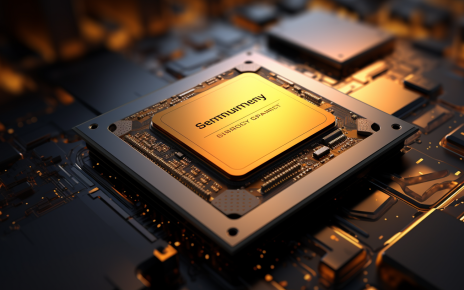The Nvidia RTX 4080 Super, the latest addition to Nvidia’s 40-series GPUs, is making waves in the market, not for its performance, but for its price. This graphics processing unit (GPU) is the only one in the new RTX 40-series Super lineup that has seen a price drop compared to its predecessor, the RTX 4080. Priced at $999, it is $200 cheaper than the RTX 4080, which had a manufacturer’s suggested retail price (MSRP) of $1,199.
While the RTX 4080 Super’s performance boost is minimal, the price reduction is a game-changer. The RTX 4080 Super is only about 3-4% faster than the RTX 4080, which means the RTX 4090 still holds the crown for performance. However, to get your hands on the RTX 4090, you’ll need to shell out at least $600 more than the cost of the RTX 4080 Super.
The RTX 4080 Super’s power requirements remain the same as its predecessor, with Nvidia recommending a 750W power supply unit (PSU). The GPU can draw up to 320 watts of power, but on average, it should use just under 250 watts during gaming. The only slight change is that the RTX 4080 Super now idles at 15 watts instead of 13 watts on the original RTX 4080.
The RTX 4080 Super retains the same 16GB of VRAM found on the RTX 4080 but offers 736GB/s of bandwidth instead of the 717GB/s on the RTX 4080. Nvidia has also slightly increased the base and boost clocks of the RTX 4080 Super and increased the CUDA core count to 10,240 from 9,728.
In terms of 1440p benchmarks, the RTX 4080 Super is around 3 percent faster than the original RTX 4080. This minor improvement mirrors what the RTX 2080 Super demonstrated over the RTX 2080 when Nvidia last used its Super branding.
Despite the minimal performance boost, the RTX 4080 Super is an ideal card for gamers and professionals looking for a balance between cost and performance.
Frequently Asked Questions
1. What is a GPU?
A GPU, or Graphics Processing Unit, is a specialized electronic circuit designed to rapidly manipulate and alter memory to accelerate the creation of images in a frame buffer intended for output to a display device.
2. What is VRAM?
VRAM, or Video Random Access Memory, is a type of memory used to store the video data that the computer displays. This includes the screen buffer, color attributes, and other data.
3. What is a CUDA core?
CUDA cores are parallel processors within Nvidia GPUs that handle computing tasks more efficiently than a general-purpose CPU. More CUDA cores generally mean better performance.
4. What is a PSU?
A PSU, or Power Supply Unit, is a hardware component that supplies power to the computer. It converts the alternating current (AC) from the wall outlet into direct current (DC) needed by the computer components.
5. What does ‘idling’ mean in the context of a GPU?
When a GPU is ‘idling’, it means that it is running but not being used to process any data. During this state, the GPU consumes less power.



